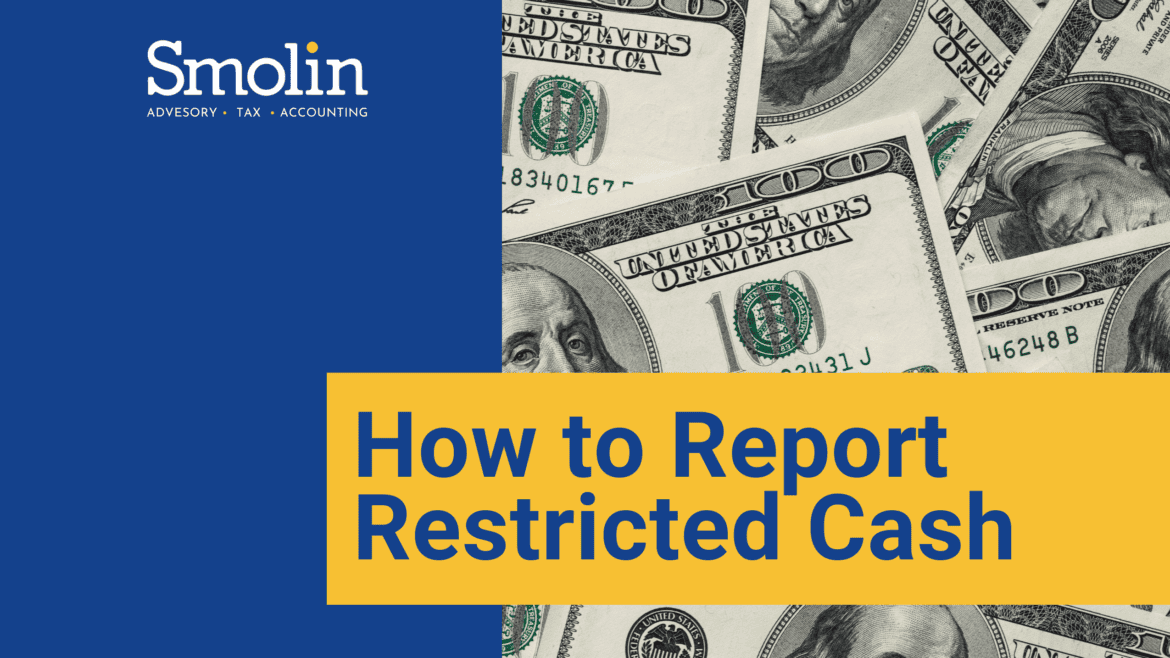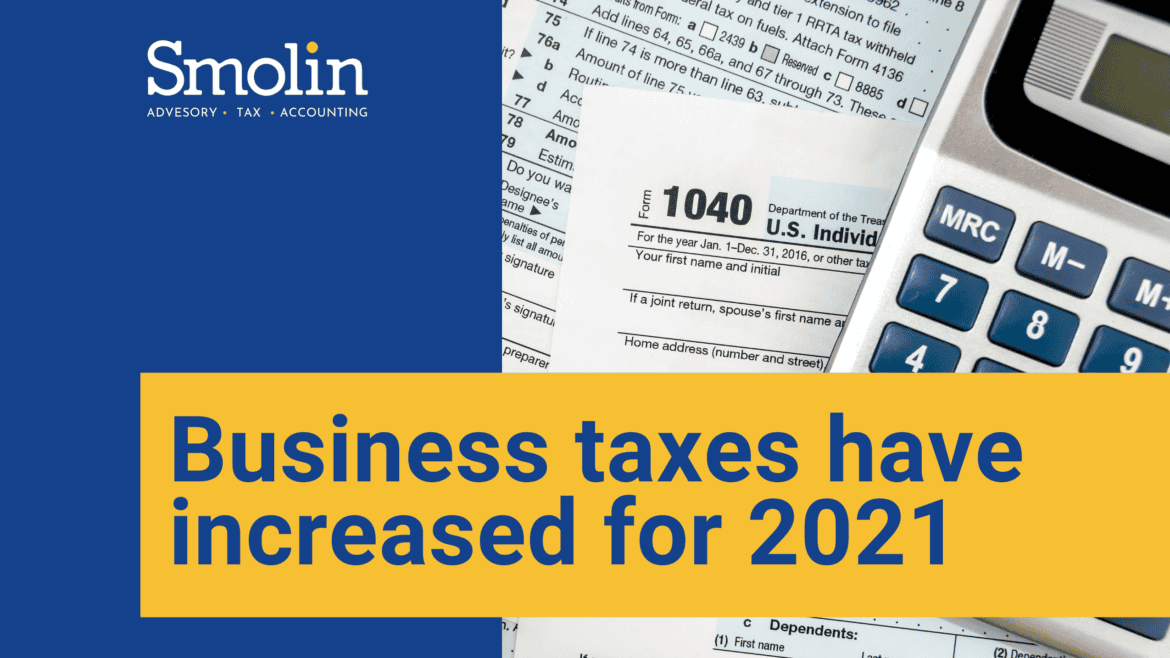
When it comes to restricted cash, your company’s financial statements need to be transparent. Make sure your reporting practices are compliant with the current accounting guidance.
What is restricted cash?
Restricted cash is a type of “cash and cash equivalents” that can’t be used for general business operations or investments.
Restricted cash comes in many forms, including:
- Money set aside for a specific business purpose (i.e. a loan repayment, plant expansion, or legal retainer)
- A minimum cash balance kept by a borrower as collateral against a loan
- A customer’s deposit, which a business may be restricted from accessing until the terms of the contract are complete
Restricted cash and the balance sheet
Restricted cash and cash equivalents must be differentiated from unrestricted amounts in a business’s balance sheet—and the nature of any restrictions on cash needs to be disclosed in the footnotes.
Restricted cash should be classified as a current asset if it’s expected to become available within a year of the balance sheet date. However, it must be classified as a noncurrent asset if it won’t be available for use for more than a year.
Restricted cash and the statement of cash flows
According to guidance provided in Accounting Standards Update No. 2016-18, Statement of Cash Flows (Topic 230)—Restricted Cash, transfers between cash, cash equivalents, and amounts generally described as restricted cash or restricted cash equivalents shouldn’t be reported in the statement of cash flows as cash flow activities. This is because these transfers aren’t considered a part of the entity’s operating, investing, and financing activities.
If a reconciliation of the total cash balances for the beginning and end of the period is included in the statement of cash flows, the amounts for restricted cash and restricted cash equivalents should instead be included along with cash and cash equivalents.
The new accounting guidance requires that cash flow statements report separate amounts for changes of the totals for cash, cash equivalents, restricted cash, and restricted cash equivalents during a reporting period. In the statement of cash flows, these amounts are usually found just before the reconciliation of net income to net cash provided by operating activities.
Need assistance? We can help
Even though restrictions on cash are common, navigating the accounting rules isn’t always easy. Contact us today—we can help you report these amounts accurately and transparently.

















